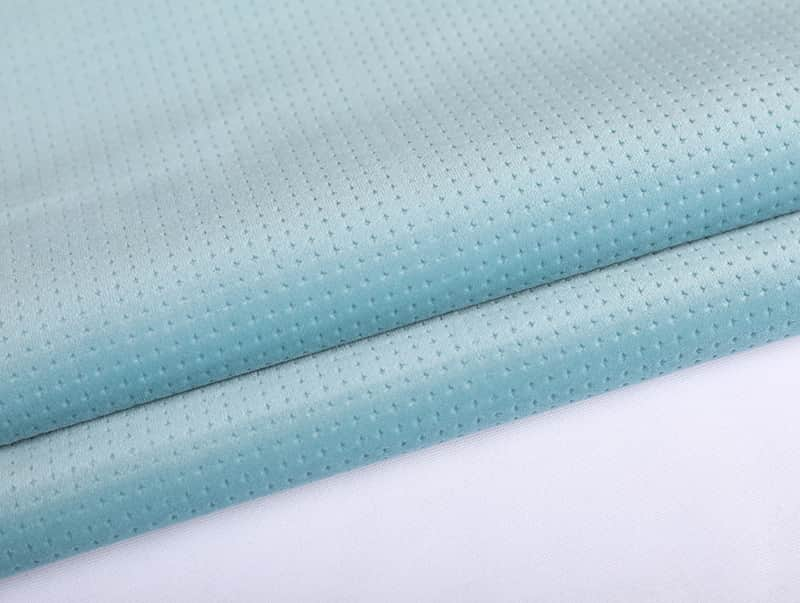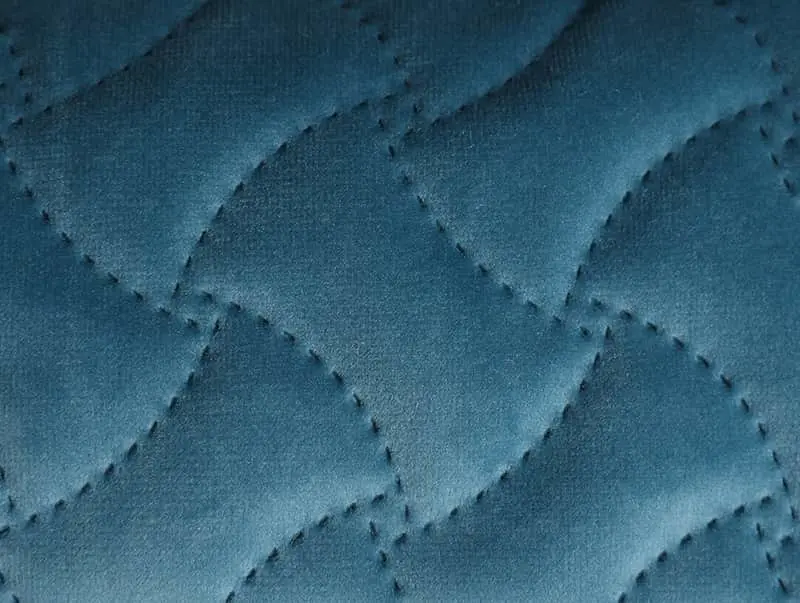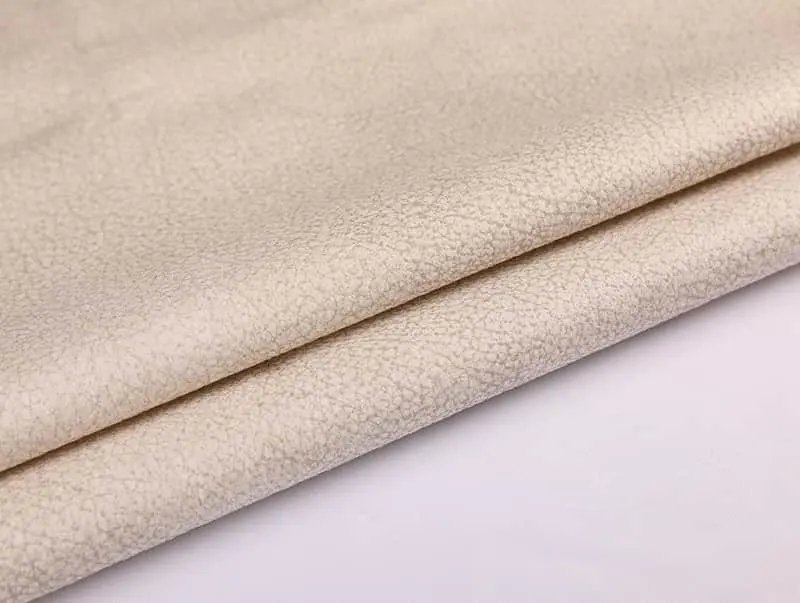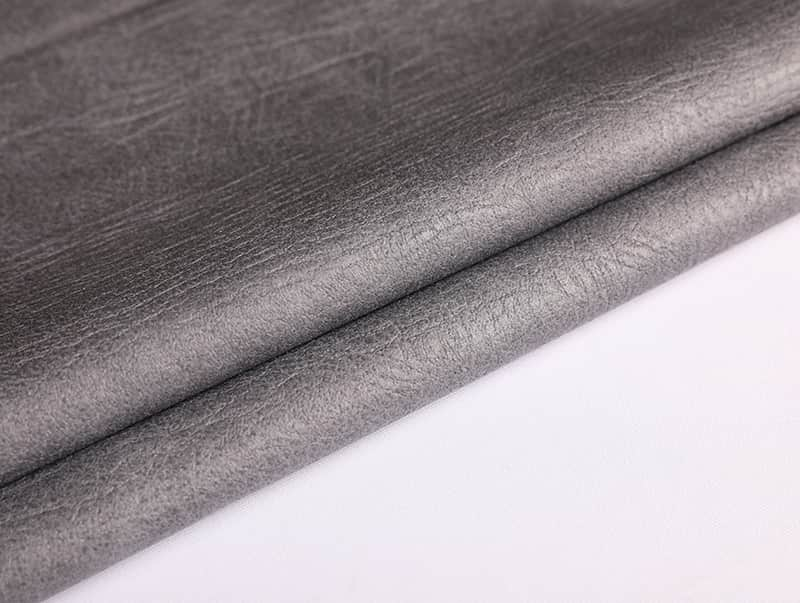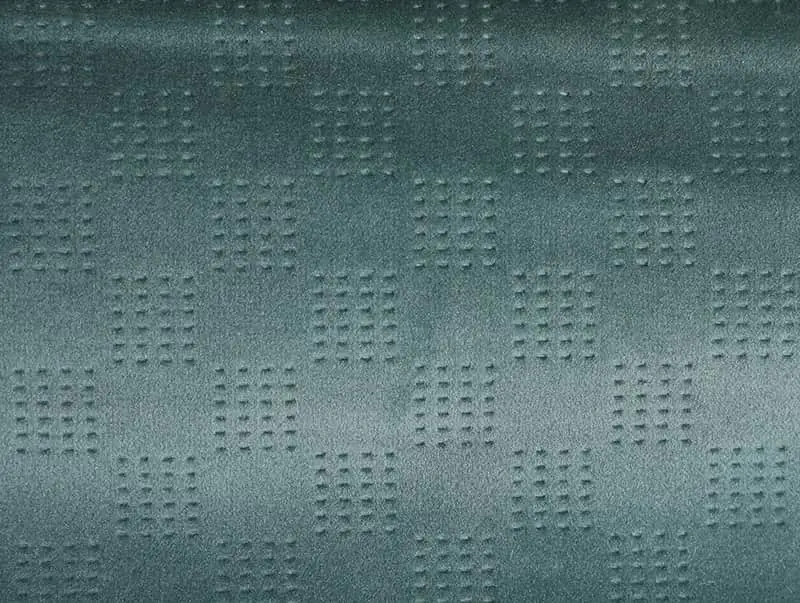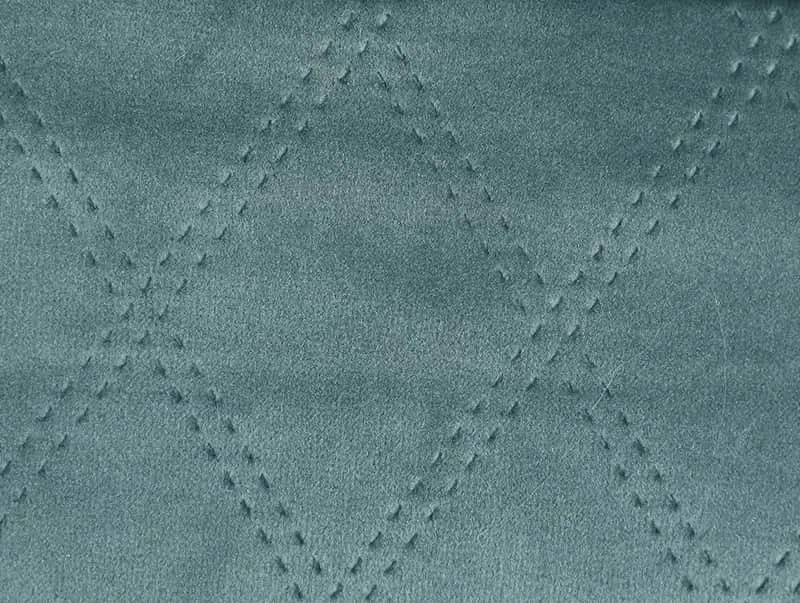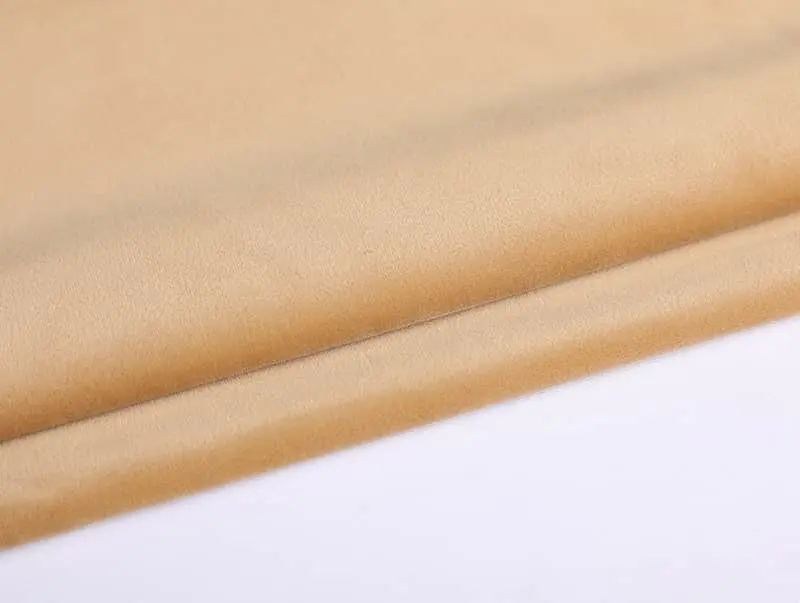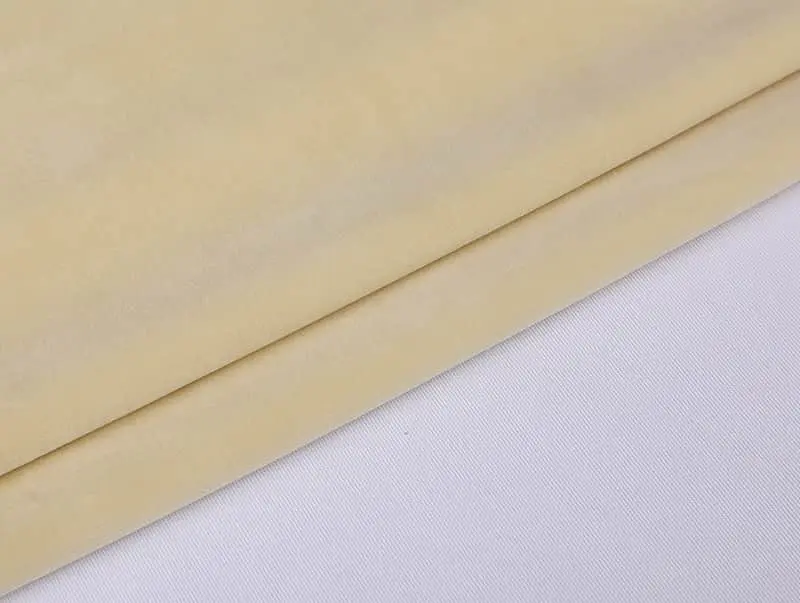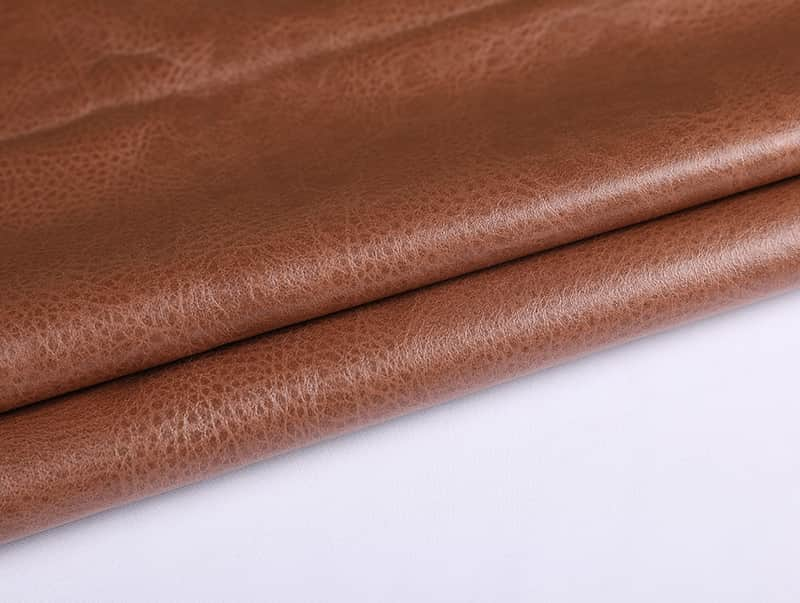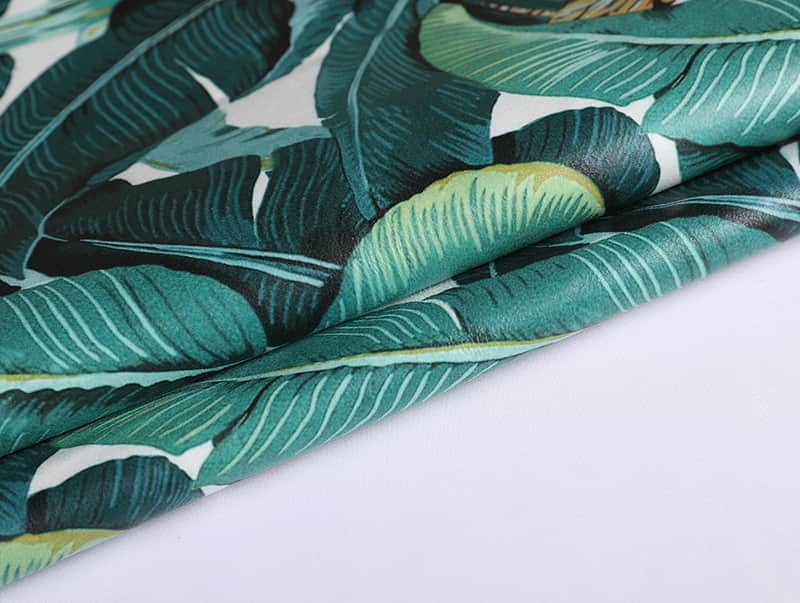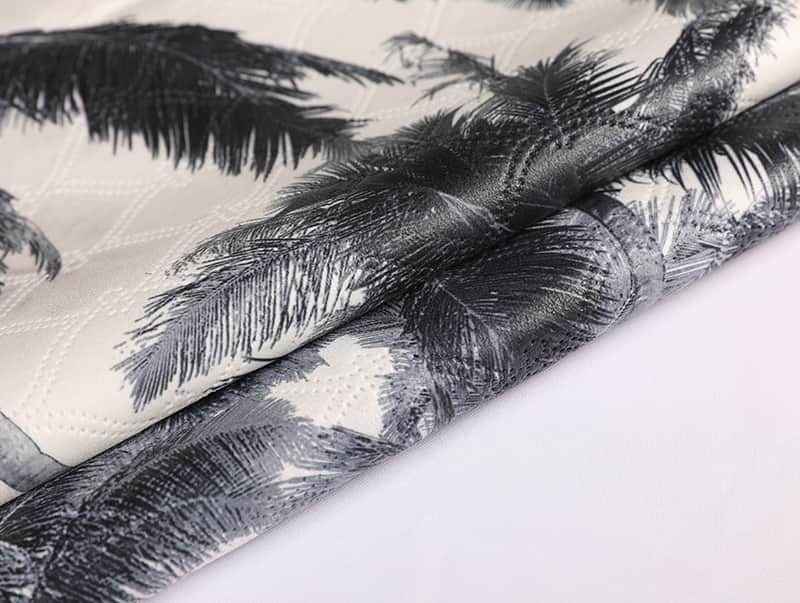Sensory-focused Plush Toy Fabric refers to the use of textiles and materials in plush toy design that are specifically chosen or manipulated to engage and stimulate a child's sensory experiences. These sensory experiences can include touch, sight, sound, and sometimes even smell. Sensory-focused plush toys are designed to provide tactile, visual, auditory, or olfactory sensations that can aid in a child's sensory development and offer sensory comfort. Here are some key aspects of sensory-focused Plush Toy Fabric:
Textural Variety: Sensory-focused plush fabrics often incorporate a variety of textures. This can include plush fabrics with different pile lengths (soft and furry to short and smooth), ribbed textures, crinkly materials, and more. These textures provide tactile stimulation and encourage sensory exploration.
Embroidery and Appliqué: Embroidered details, appliqué patches, or raised patterns on the fabric can create tactile interest and encourage children to touch and explore different parts of the toy.
Contrasting Colors: Bright and contrasting colors in the fabric design can capture a child's visual attention and stimulate their visual senses. Some plush toys also incorporate high-contrast patterns for visual stimulation.
Sound Elements: Some sensory-focused plush toys include internal sound elements like squeakers, rattles, or musical components. These toys make noise when squeezed or manipulated, providing auditory stimulation.
Scented Features: Certain plush toys are scented, usually with child-safe and pleasant fragrances. The scent can provide an additional sensory element that comforts or entertains the child.
Interactive Features: Plush toys with interactive features like buttons, zippers, Velcro, or hidden compartments encourage fine motor skills and problem-solving while providing sensory feedback.
Weighted Elements: Weighted components, such as bean bags or weighted stuffing, can add a sensory dimension by providing a sense of pressure and grounding, which can be calming for some children.
Temperature-Responsive Fabrics: Some sensory-focused plush fabrics are designed to respond to temperature changes, becoming warmer or cooler to the touch. This adds an additional sensory element.
Sensory Tags and Ribbons: Plush toys with sensory tags, ribbons, or loops provide a tactile experience for children who enjoy fidgeting or exploring different textures.
Softness and Huggability: The overall softness and huggability of plush toy fabric contribute to a comforting and soothing sensory experience.
Sensory-focused plush toys are often used for children with sensory processing disorders, autism, or other sensory sensitivities. However, they can be enjoyed by children of all abilities and developmental stages, as sensory play is an important part of early childhood development.


